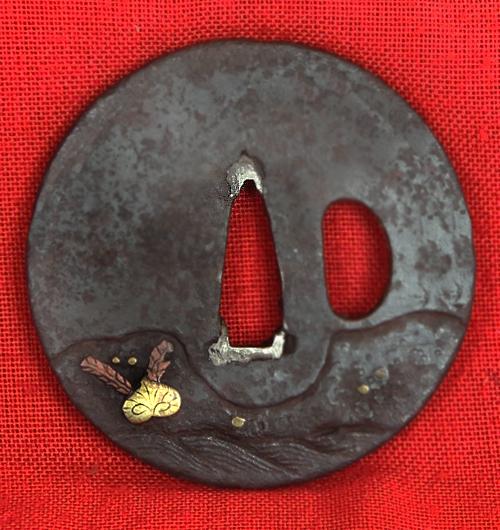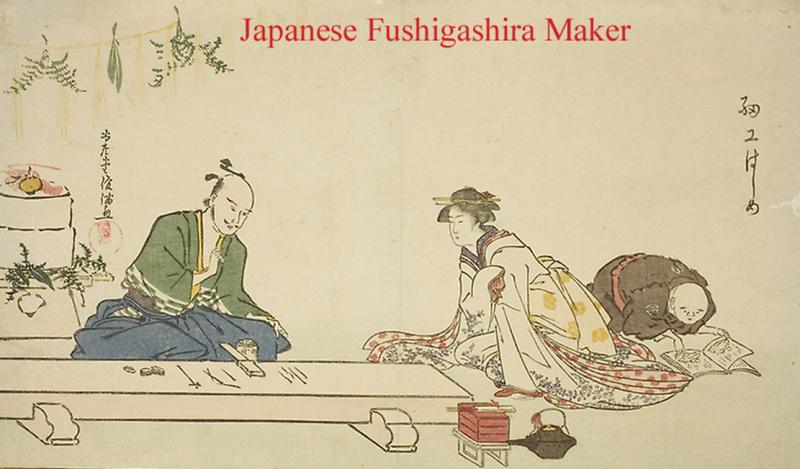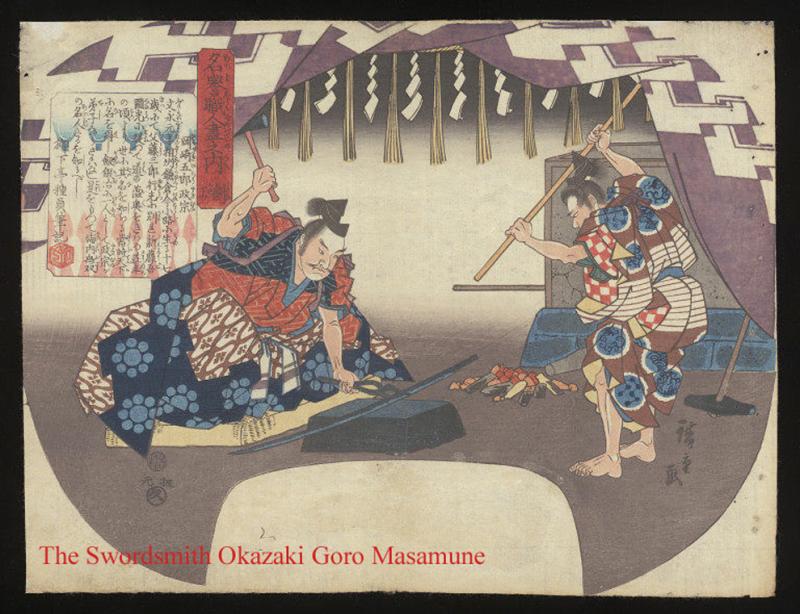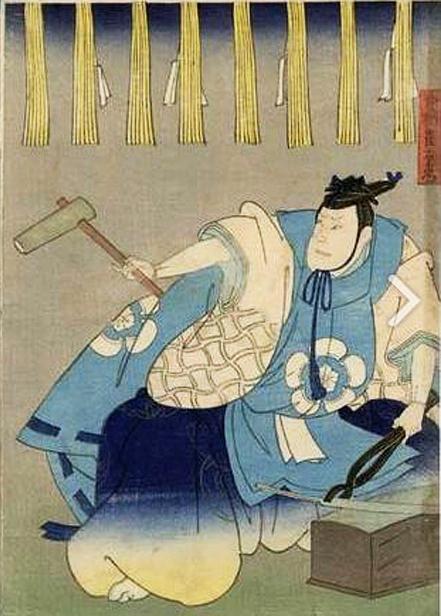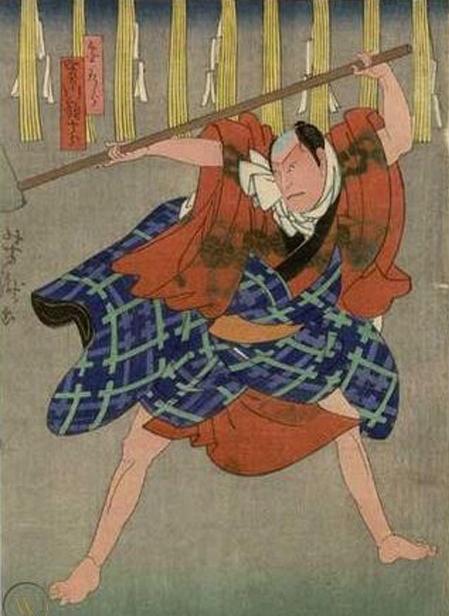A Good Antique Edo Period 1700's Wakazashi Maru Gata Heianjo Tsuba
Antique Japanese Edo period Tsuba for Wakizashi sword, or large o-tanto, onlaid with copper and sinchu-gold alloy aoi leaves, with a chiselled cut away rock and water formation.
Fine engraved with gold and high quality brass inlay Heianjo-style was established in Yamashiro (Kyoto Pref. today), it was inspired by the Ounin-style. Heianjo Tsuba is elaborate and decorative. It is mainly iron Tsuba circle shape with brass inlay. Its design was simply family crest or arabesque patterns in the beginning. However, after that, they made different shapes of Tsuba and started using gold, silver, or copper for inlaying.
The tsuba, is a fundamental element in the mounting of the Japanese sword, it is the guard, the most important element of the fittings, and has two main functions: the first to protect the hand against the slashes and lunges of an opposing sword; the second is to prevent that the hand ends up directly on the cutting edge of the blade. Over the course of more than ten centuries of history, the tsuba has undergone a number of important changes, as regards the materials used for its manufacture and its appearance.
During the centuries of wars that characterised Japan until the advent of the Tokugawa Shogunate during the first half of the 17th century, the tsuba was essentially made of iron or steel. From the mid-17th century onwards the tsuba became a real work of art, with the use of soft metals used in various ways, with engravings, incrustations; well made tsuba were the pride of hundreds of craftsmen’s schools whose value sometimes exceeded that of the same blades of the mounting where tsuba was part of.
67mm across
Code: 24167


